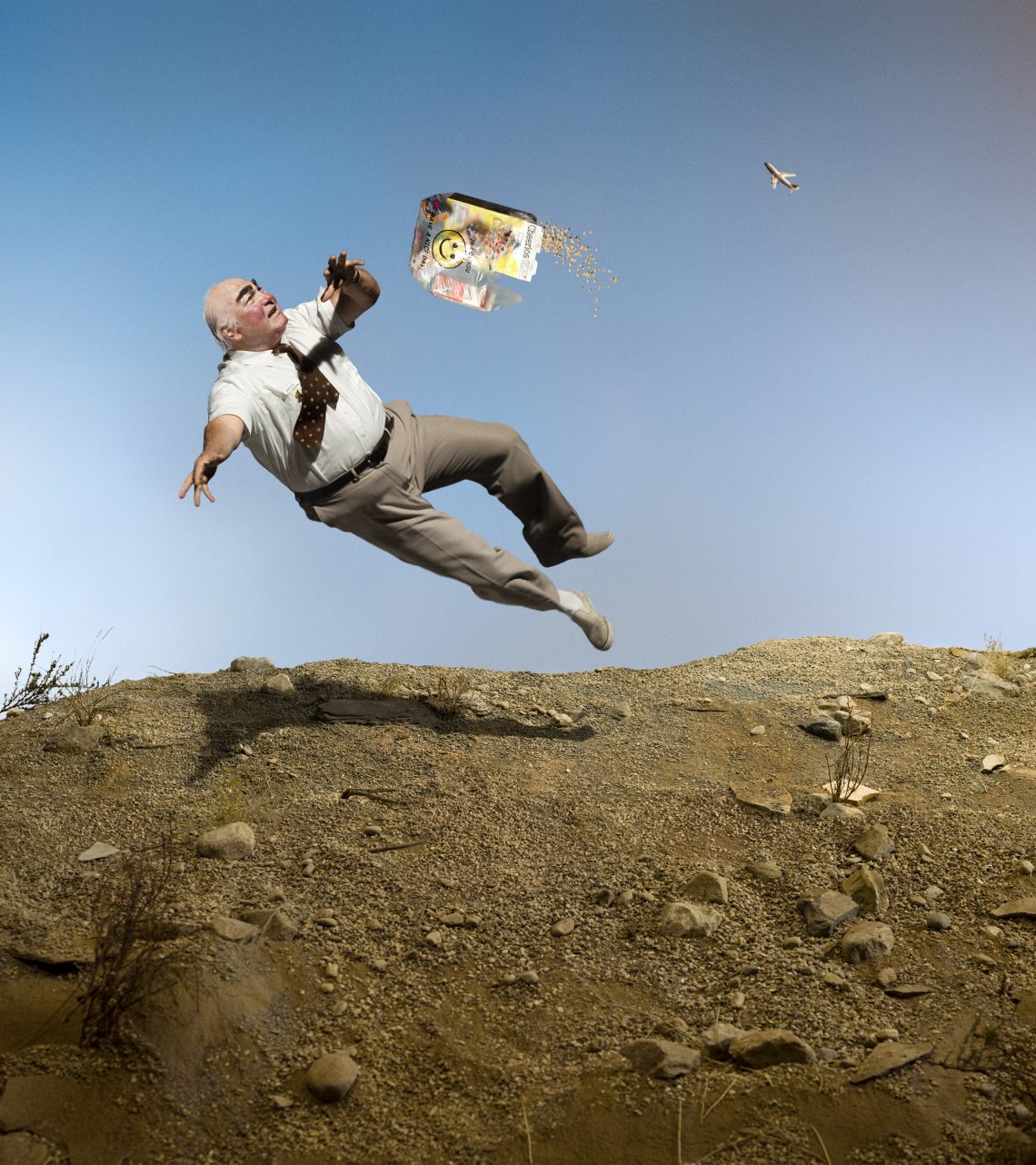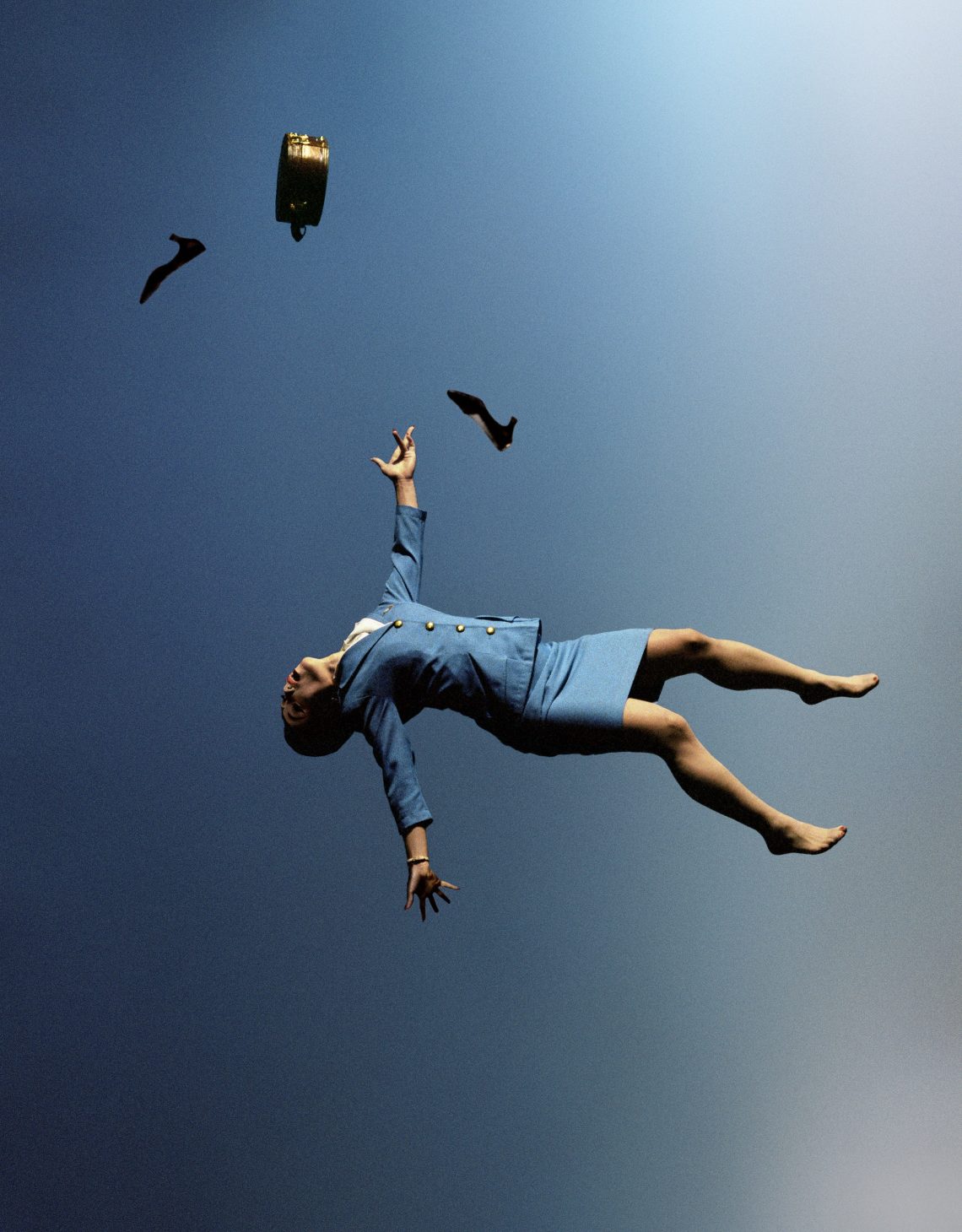Emotions > Social Hierarchies
Part One: The Mountain by Alex Prager puts an emphasis on the universality of emotions by reflecting our unexpected feelings arising from the pandemic. Apart from her latest photograph series, she describes Istanbul as “struck by the ancient feeling in the space”.
What inspired you to do Part One: The Mountain?
Like many people I felt the extreme uncertainty over our future and unrest caused by the upheaval that modern civilization has experienced over the past few years in America and the world. The Mountain became highly symbolic, as it’s referenced throughout literature, religion, and psychology as a place where personal revelations, or reckonings, can occur. I imagine, to reach those peaks one first have to experience a kind of death first in order to have their subsequent rebirth. So in a way the mountain is witness to this transformative state. That was my approach. I imagined these people in the process of confronting unimaginable obstacles in this ancient setting.

We see blue skies and the stages of twilight in every photo. What do the colour and the times of the day try to say to us?
I was aiming for democratization with the subjects that would emphasize the commonality in emotion rather than cultural or social hierarchies. This concept came from a deep urge to examine the emotional and psychological states that unite us, no matter how far apart we are. The intention was to make the characters recognizable, straddling a fine line that’s both fabricated and familiar, set against the backdrop of a mountain or infinite sky. I liked showing their bodies contorting and being in various states of emotion and physical transformation. Time was a prevalent theme throughout our lives over the two years we had various shutdowns, it’s become an abstract notion — each day rolling into the next until we’re unaware of the goalposts anymore – we all got two years older but what really happened in those two years?
Why the pandemic is an important element of your series?
It’s not that the pandemic was an important element, but rather I needed to create a reflection of what we collectively felt. These events were unprecedented. I wanted to acknowledge the rollercoaster of emotions we’ve been on and also offer pieces of a story that could infuse us with a hopeful feeling. Nobody knows what the future holds so why don’t we start telling stories about what we want it to look like? Dreams are the basis of reality.

We’ve all been ripped from a comfortable reality and thrown into a future that seems largely terrifying – and if there is one thing we need to get settled again it’s a greater understanding and love for one another.
We know that street photography is an inspiration for you. Unlike your other series, we do not see lots of people and crowded places. Why do we see the solitude in Part One: The Mountain?
I felt a strong pull to return to portraiture, something I explored early on in my career. All we have gone through the past couple of years, the portrait seemed like exactly the right place to start an investigation into my new project. I wanted to make stripped-down American portraits capturing a variety of explosive, even convulsive expressions of inner turmoil. When the idea surfaced I was inspired a lot by the epic, historical bodies of work by Irving Penn’s ‘Small Trades’ and August Sanders’ ‘People of the Twentieth Century’ work. People have been so disconnected from each other, I wanted to make these portraits as a way to get people to just look at one another and see something in these pictures that they too have felt or seen before. Because we’ve all been ripped from a comfortable reality and thrown into a future that seems largely terrifying – and if there is one thing we need to get settled again it’s a greater understanding and love for one another.

You said in an interview that LA is a canvas and the city needs artists. As a photographer, what do you think about the aesthetic of Istanbul and how would you compare these two?
Something I love about Los Angeles is that it’s a place that is both beautiful and ugly at the same time, the perfect backdrop to any story. When I went to Istanbul I was struck by the ancient feeling in the space. The magnificence of the architecture and vibrant colours as well as the all the people that gathered in the city. Unlike Los Angeles that is actually quite young and even immature and wonderful with its Wild West quality to it. Istanbul feels ancient in a way that I felt the life of centuries percolating just underneath the stones of everywhere I went. I can’t describe the feeling I had about Istanbul except that I love it and felt a very special connection to it.